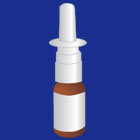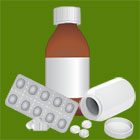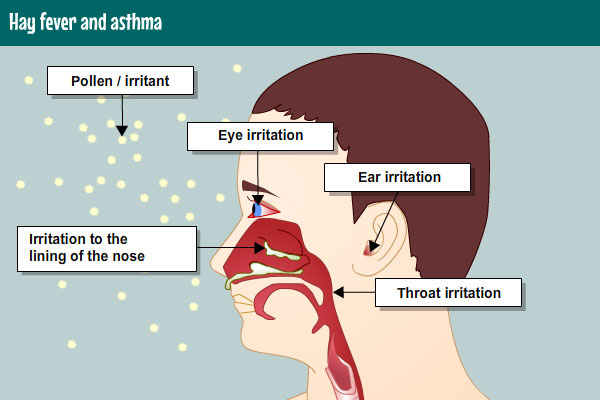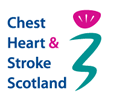Breathing noises are common in small children and it can be difficult to know the difference between these noises. Most children will have colds and snuffles several times a year for example.
The following sound clips have been made to help you hear and learn the difference between the following common breathing sounds:
1. Stridor – Is a noisy grunting sound made when breathing in. It is made in the neck area and not in the lungs. You should seek help from your GP.
Select the play button above to listen to an example of stridor.
2. Upper airway noise – This sound is made in the back of the throat and the upper airway. It sounds a little bit like a snore and can sound moist. This sound is commonly wrongly identified as a wheeze by many parents.
Select the play button above to listen to an example of an upper airway noise.
3. Wheeze – This sound is only made as your child is breathing out. It comes from the chest and the sound has an almost musical note. It takes effort to breathe out. Often the child will be breathing faster. You can often see the child will be sucking in their chest muscles around the ribs and at the neck muscles. This is the sound which is heard in children with asthma. However, this does not necessarily mean your child has asthma. Some children may still have asthma without wheeze. They may still need further tests or an appointment with a specialist to make a diagnosis.
Select the play button above to listen to an example of a wheeze.









